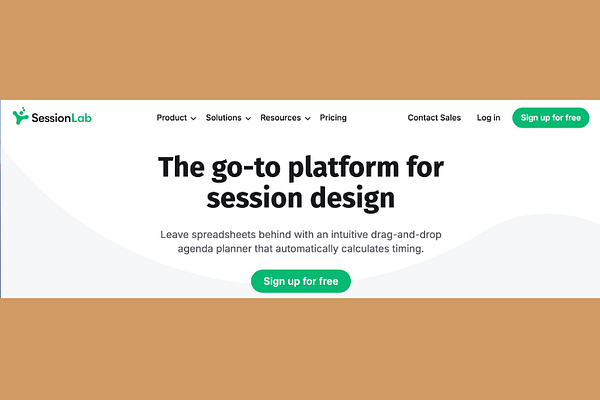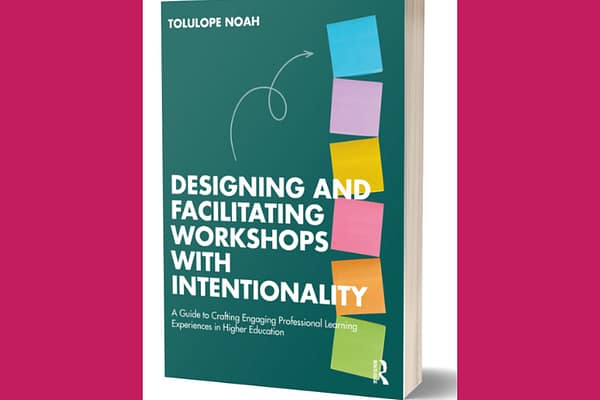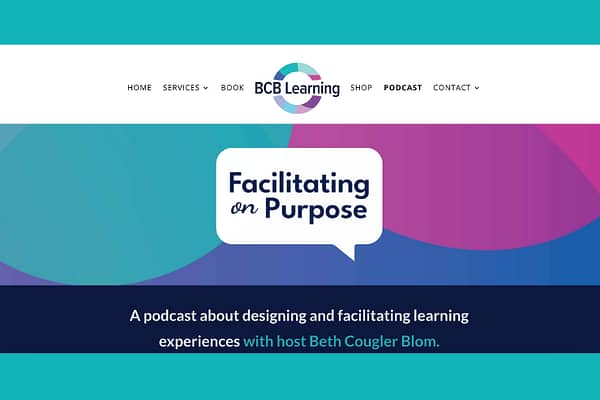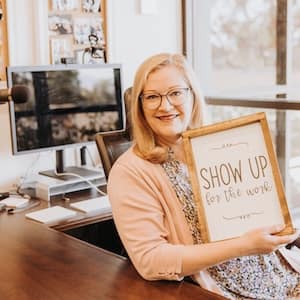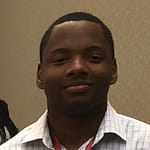Podcast (tihe_podcast):
Play in new window | Download | Transcript
Subscribe: Apple Podcasts | Spotify | RSS | How do I listen to a podcast?
Tolu Noah shares about her new book, Designing and Facilitating Workshops with Intentionality, on episode 573 of the Teaching in Higher Ed podcast.
Quotes from the episode

Whenever I'm planning a learning experience, I start by identifying a clear goal for the experience.
-Tolu Noah
I don't think there's necessarily one right way to approach planning.
-Tolu Noah
A really important aspect of facilitation is that yes, you have a plan, but you also need to be flexible with that plan and be willing to take a rest stop or a detour if needed.
-Tolu Noah
Timing is probably one of the most important aspects of facilitation.
-Tolu Noah
